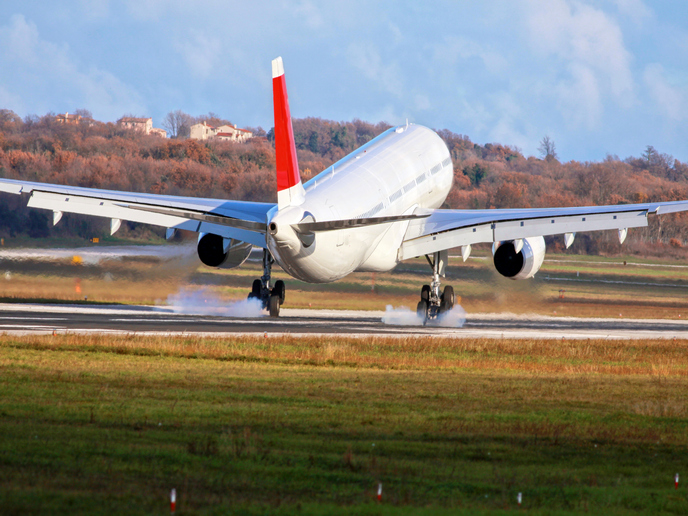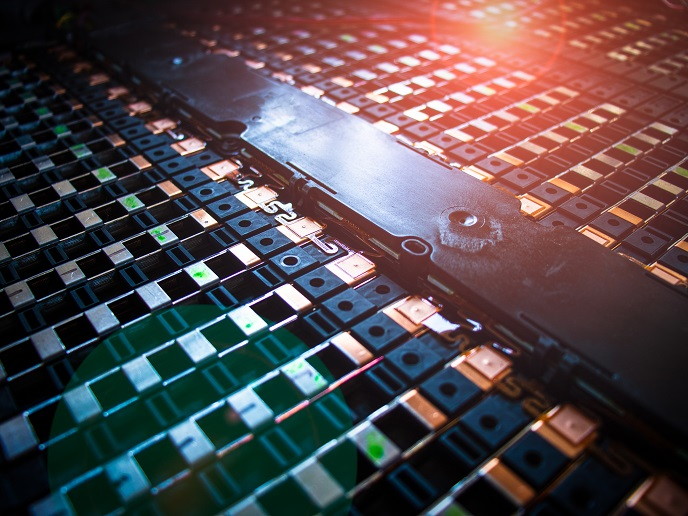A reliable particle detector for cosmic radiation
Particle-bombardment from outer space as well as the sun impacts the Earth's atmosphere. Apart from the primary radiation, secondary radiation is also generated as these particles interact with the chemical constituents of the atmosphere. This radiation penetrates deep into the atmosphere, endangering frequent fliers, in particular aircrews. In order to measure the level of radiation exposure, it is necessary to develop reliable instrumentation. The DOSMAX project brought together seven research institutes from across Europe to address this problem. DOSMAX Coordinator, the Dublin Institute for Advanced Studies (DIAS), employed its expertise in astrophysics in the advancement of the DIAS solid state nuclear track detector. Both the primary and secondary radiation present high-speed particle impacts upon the DIAS detector, and exhibit trails of damage. Following analysis, the type of particle as well as its speed and origin can be determined. As for any instrument, calibration is a difficult though critical issue. DIAS turned to particle accelerators such as that operated by CERN, the European Organisation for Nuclear Research. Knowledge of the impinging particle is combined with measurements of the energy deposited in the detector, termed the Linear Energy Transfer (LET), to calibrate the DIAS detector. Remarkably, the DIAS detector demonstrated a high degree of accuracy consistency following calibration over a number of years. The instrument was calibrated for Linear Energy Transfer (LET) between 5 and 600KeV/mm, corresponding to the range relevant to aircrew exposure. The DIAS detector is therefore appropriate for measurement campaigns aboard aircraft and the DIAS research team can provide the appropriate support to such campaigns.







